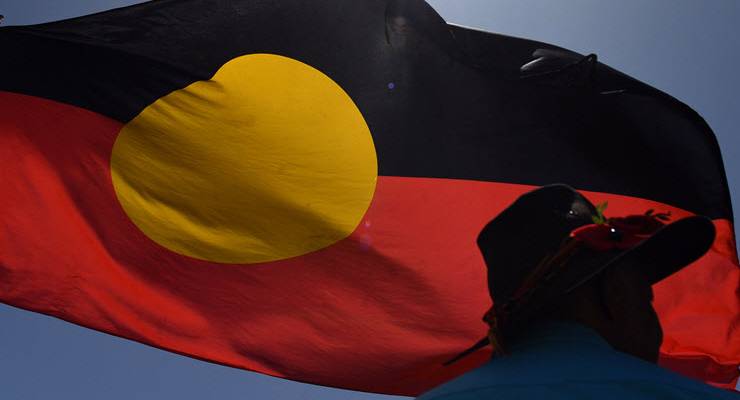
When the pandemic hit, there were concerns the virus would wreak havoc on Australia’s Aboriginal and Torres Strait Islander populations.
With poorer health, cramped living conditions, over-representation in prisons, and limited access to health specialists, experts were concerned the virus would decimate Indigenous communities.
But under community-led responses, Indigenous populations have fared better than the rest of Australia, making up less than 1% of all COVID-19 cases.
What does the data say?
At the beginning of July, the federal Health Department had recorded 69 COVID-19 cases in Aboriginal and Torres Strait Islander people.
Of those cases, 43% caught it overseas, and 73% were in residents of major cities of Australia. There have been no confirmed cases in remote communities.
While 12% of infected Indigenous people were admitted to the hospital, this is about the same percentage as the general population. No Indigenous people were admitted to intensive care, and none have died from the virus.
What went right?
The success has been attributed to Aboriginal led-responses. Social media videos and radio panels quickly informed communities in a relevant and health-literate way, while Aboriginal-controlled services trained their staff around infection spread. The approach was fast and cheap.
Travel restrictions for remote communities were quickly implemented. WA and SA only recently reopened access to their remote communities.
Australia’s COVID-19 emergency response plan also placed First Nations peoples as priority populations — an initiative which drew praise from the United Nations.
However, the response has also drawn criticism from the National COVID-19 Health and Research Advisory Committee, which found that while measures in remote regions were adequate, the plan relied on a misconception that Indigenous people mostly live in remote communities.
In fact, 79% of Indigenous Australians live in urban areas.
Some communities still struggling
Despite the success in limiting transmission, Indigenous communities have still been disproportionately affected by the pandemic.
Aboriginal and Torres Strait Islander people make up 2% of the Australian adult population, but 27% of the national adult prison population. When six Victorian prisons were placed into lockdown in late July, there were renewed calls to urgently release low-risk offenders into the community.
Similarly, when nine public housing towers were put into strict lockdown in Melbourne last month, many First Nations families — several of whom had family members with disabilities — were shut in with limited access to culturally relevant health information.
Mental health a major concern
The impact of the pandemic on Indigenous people’s mental health is a major concern: 30 leaders in Aboriginal and Torres Strait Islander health have written a report warning self-determination and targeted funding will be critical in averting a mental health crisis.
An increase in suicide rates — which are already double that of other Australians — is predicted in the Indigenous population, with mainstream mental health support not always effective at meeting their specific needs.
The report calls for a response led by Aboriginal and Torres Strait Islander organisations, communities, and people.
Given their success in stopping the COVID-19 spread, it would make sense for the government to support this initiative.








“However, the response has also drawn criticism from the National COVID-19 Health and Research Advisory Committee, which found that while measures in remote regions were adequate, the plan relied on a misconception that Indigenous people mostly live in remote communities”.
I am surprised at this response. I would have thought that any positive outcome in response to covid infection would be seriously welcomed and investigated further. Perhaps if it’s not mainstream then it’s not inclusive – to put it nicely.
It certainly seems to be so. Good reporting.
Another article on the pandemic that’s actually useful and well put together, by this author – in glaring contrast to recent pieces by some of her male colleagues…